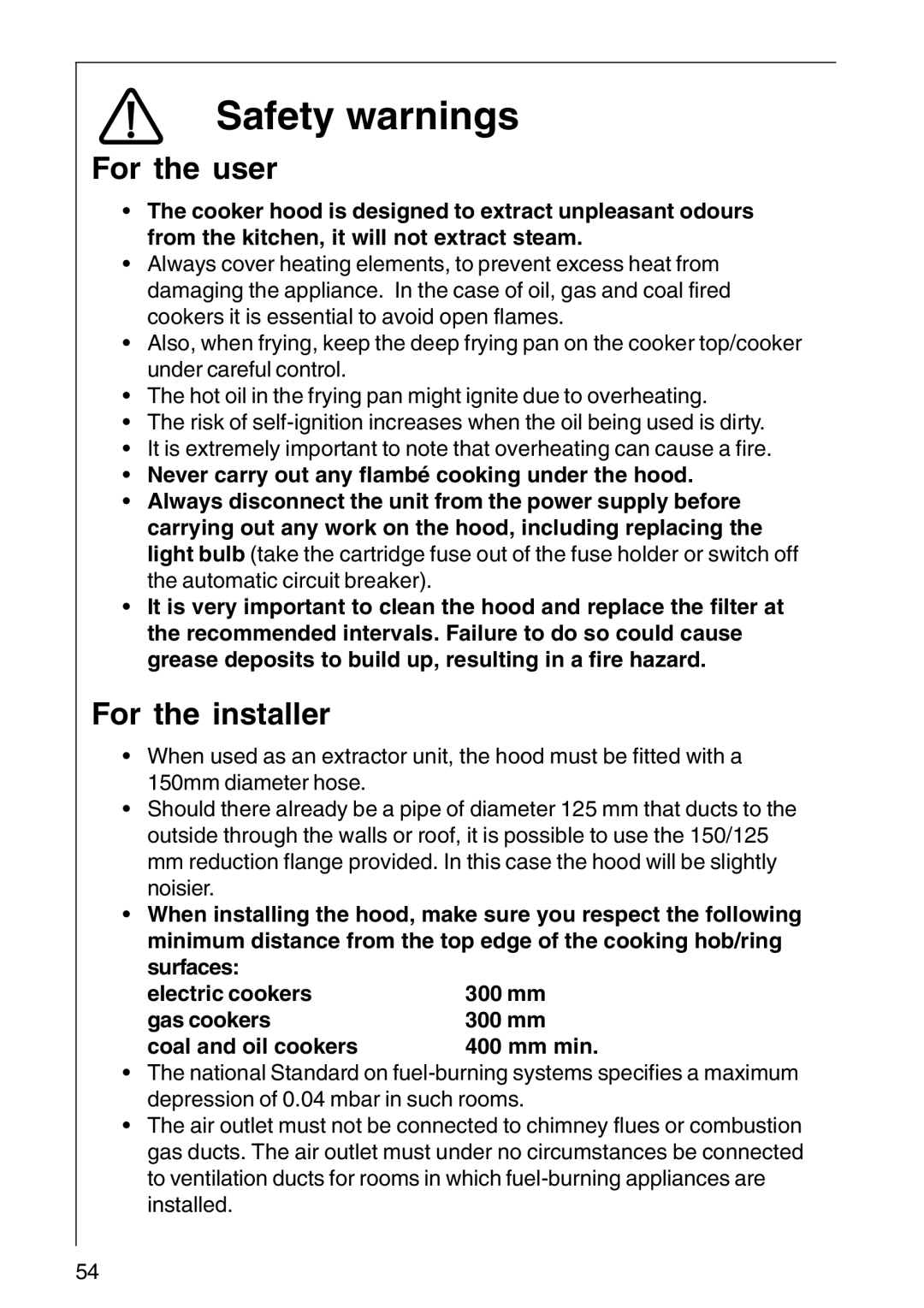DD 8794, CHDD 8795, DD 8795 specifications
Electrolux is known for its commitment to innovation and quality in the home appliance sector, and the Electrolux DD 8795, CHDD 8795, and DD 8794 models are exceptional examples of this legacy. These dishwashers combine advanced technologies with user-friendly features to deliver a reliable and efficient cleaning experience.The Electrolux DD 8795 model stands out with its sleek design and high capacity, accommodating up to 15 place settings. Equipped with several wash programs, it provides versatility, ensuring that everything from delicate glassware to heavily soiled pots and pans is treated with care. One of its standout features is the UltraRapid program, which significantly reduces wash time without compromising cleaning performance. The advanced Sensor Control technology automatically detects the level of soil and adjusts the wash cycle accordingly, optimizing water and energy consumption.
In addition, the DD 8795 is designed with the Eco Wash program, which emphasizes energy efficiency, making it a sustainable choice for eco-conscious consumers. This model also features a hygiene boost option, which raises the temperature during the final rinse to eliminate up to 99.9% of bacteria and ensure a hygienic clean for your family.
Following closely, the CHDD 8795 shares many of the same features but includes the added benefit of being a compact model. This makes it ideal for smaller kitchens where space is at a premium. Despite its reduced size, it retains powerful cleaning capabilities thanks to its enhanced jet spray system, which ensures dishes are thoroughly cleaned from all angles.
On the other hand, the DD 8794 model emphasizes user convenience with its intuitive control panel and a variety of wash settings. Like its counterparts, it offers a flexible racking system, allowing users to easily adjust the layout to accommodate larger items. Additionally, all three models feature a quiet operation technology that minimizes noise during cycles, making them perfect for open-concept living spaces.
In conclusion, the Electrolux DD 8795, CHDD 8795, and DD 8794 dishwashers exemplify excellence in home appliance engineering. With their combination of multifunctionality, energy efficiency, and innovative technologies, they are well-suited for modern kitchens, catering to diverse cleaning needs while ensuring user satisfaction and environmental sustainability.

